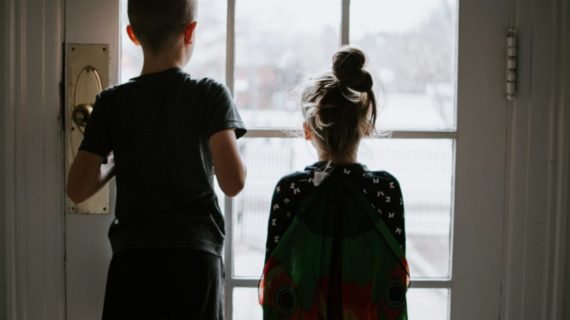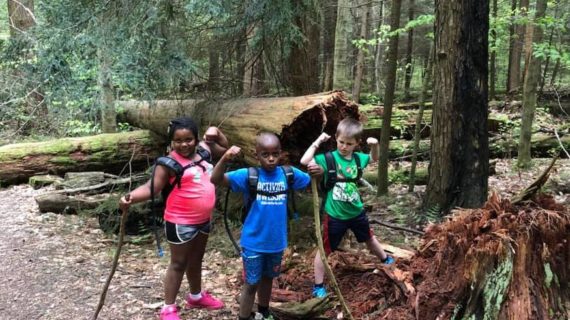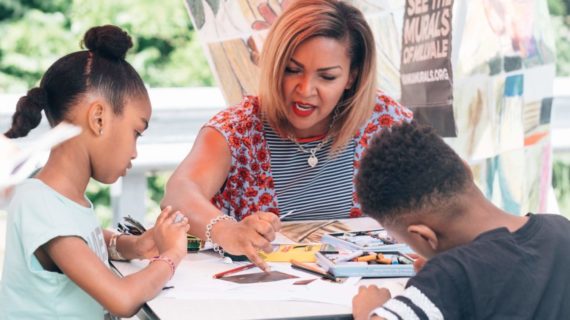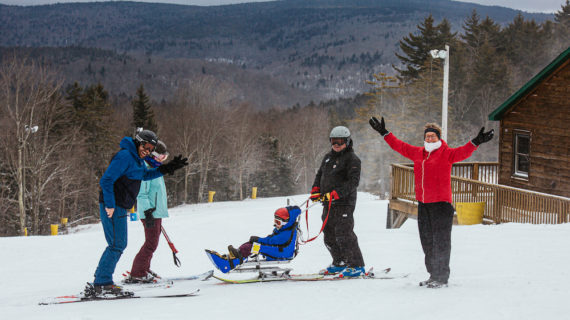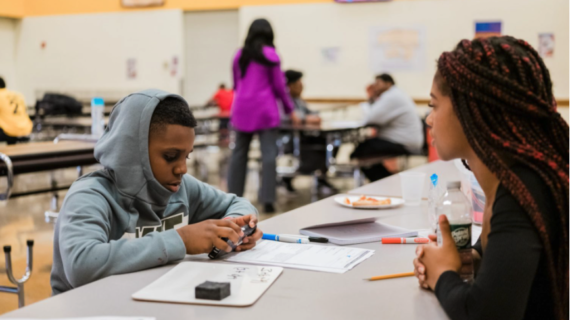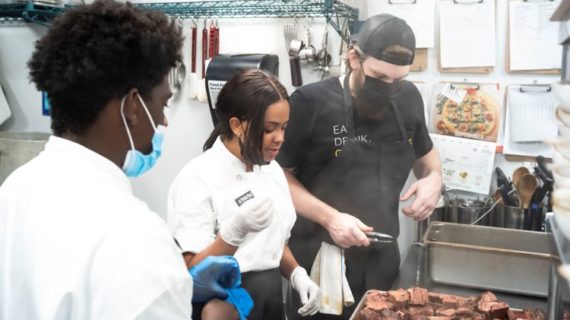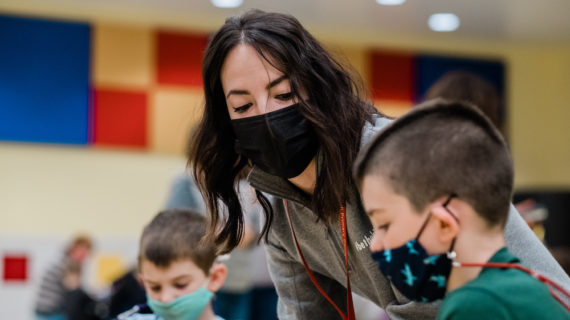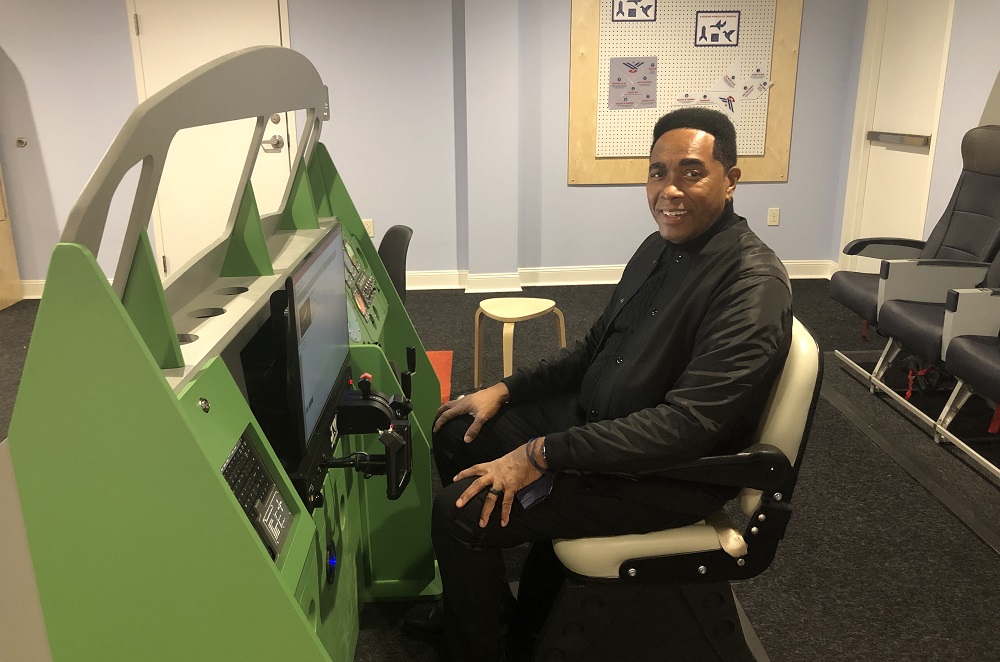
Hosanna House launches kids into high-flying careers with new Center for Aviation Technology and Training
Leon Haynes in the pilot seat of the Cockpit Flight Trainer. Photo by Sally Quinn.
During the pandemic, Leon Haynes and his team at Hosanna House Inc. considered ways to launch young people into careers in aviation and aerospace.
Haynes, the founding CEO of Hosanna House, is particularly interested in developing those opportunities for people of color, who have been largely left behind in the aviation industry. In World War II, he explains, the Tuskegee Airmen numbered about 1,000 Black pilots and another 13,000 support workers, such as aircraft engineers and mechanics. Today, only about 4,500 African Americans work in the aviation field.
The thought process quickly turned into action with collaborations, partnerships and grants helping to launch the Center for Aviation Technology and Training (CATT) opening at Sherwood Event Center in Wilkinsburg. The Center consists of three main elements:
- A STEM maker space and flight simulation lab
- The Tuskegee Airmen Museum
- And interactive exhibit spaces for kids
“We want to make sure people understand the history, the power of history, and what they can do,” Haynes says. “And we want to invite children to begin to see how they can get involved, from 5-year-olds all the way to high school.”
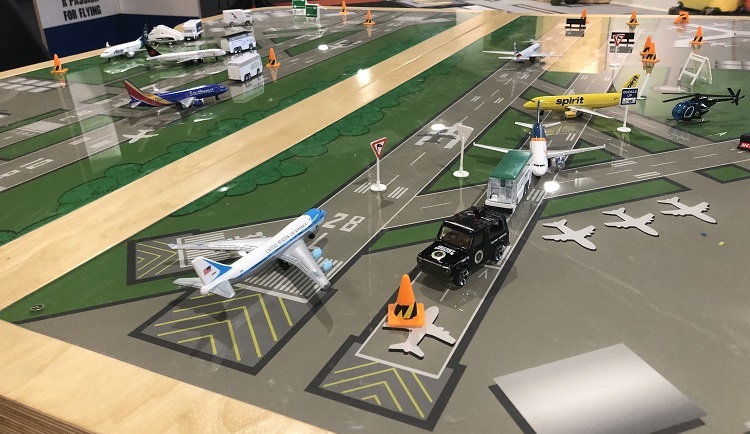
The idea is to grab a kid’s imagination to envision themselves in an aviation career, to learn about the opportunities and to begin the training that will fulfill those ambitions.
Haynes’ organization partnered with the Children’s Museum of Pittsburgh to build the hands-on, interactive exhibit space in the Tuskegee Airmen Museum.
“All the exhibits have a curriculum,” Haynes says. “When kids are playing at a table, there’s a lesson we developed.”
Land the Plane Maze is inspired by air traffic control radar. Kids can build Wearable Wings from foam pieces for imaginary flight. The multi-purpose Airport Play Table offers a collection of airplanes and other vehicles to move around an airport’s runways.
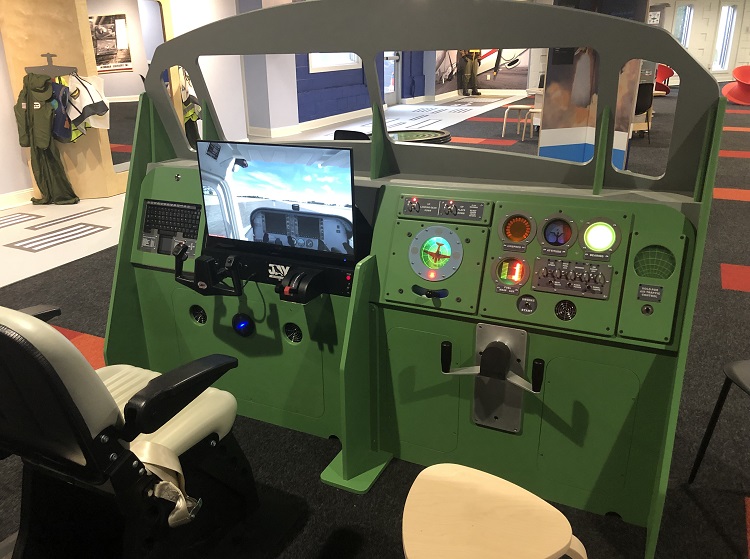
Best of all is the full-scale Cockpit Flight Trainer where kids can use analog and digital controls to experience flight on a simulator. Kids waiting for their turn can strap into a row of genuine airplane seats donated by American Airlines.
“Most of our kids have never been on an airplane or in an airport,” Haynes says. “This whole awareness is using every opportunity to learn and to teach.”
An outdoor play space opens this summer with a rocket ship, a real airplane and a drone landing pad.
Carnegie Mellon University is partnering with the Children’s Museum and the CATT to create an augmented reality program. Kids will search for plane parts, build the plane on a computer and fly it on the center’s runway.
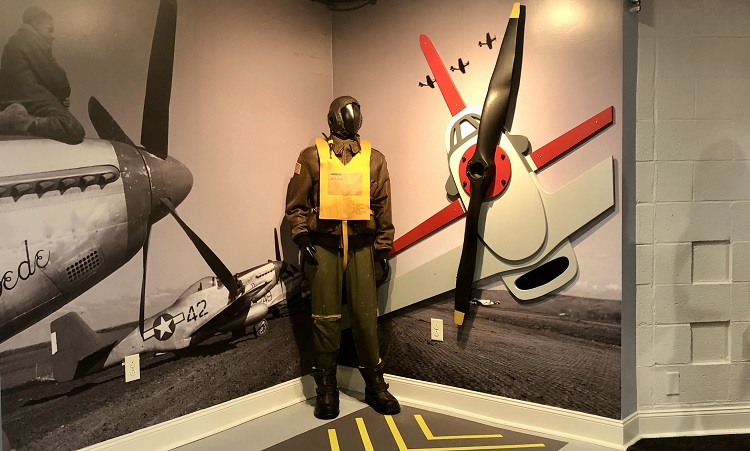
Hosanna House’s partnership with the Smithsonian National Air and Space Museum led to the contribution of artifacts in the Tuskegee Airmen Museum and the feature exhibit, “Black Wings: American Dreams of Flight,” which chronicles the story of African Americans, who attained great achievements in the world of aviation.
The museum includes the story of how the Army Air Corps ended racial exclusion from flight training in 1941, creating the Tuskegee Airmen. Visitors can view the Smithsonian’s “Black Wings” video. A life-size mannequin is dressed in a Tuskegee Airman uniform. And there’s a Tuskegee Airman G.I. Joe, complete with all the accessories, on display.
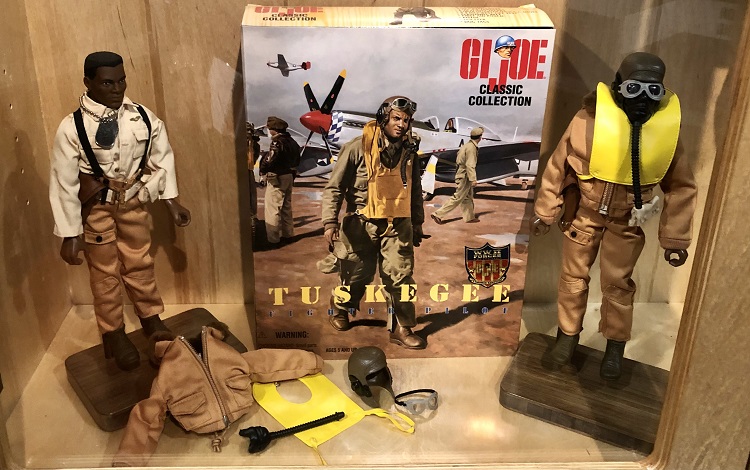
The Double V Campaign is chronicled, too. The national initiative launched by the Pittsburgh Courier during World War II fought for a double victory – victory in the war overseas and victory against discrimination on the home front. The significance of the campaign carries on: The Double V was adopted as part of the CATT logo.
Space gets its due with attention to the first African American to fly a space shuttle, the first to head NASA and the first African American woman to fly in space. Even Nichelle Nichols receives a nod from her groundbreaking role as Lt. Uhuru in “Star Trek.”
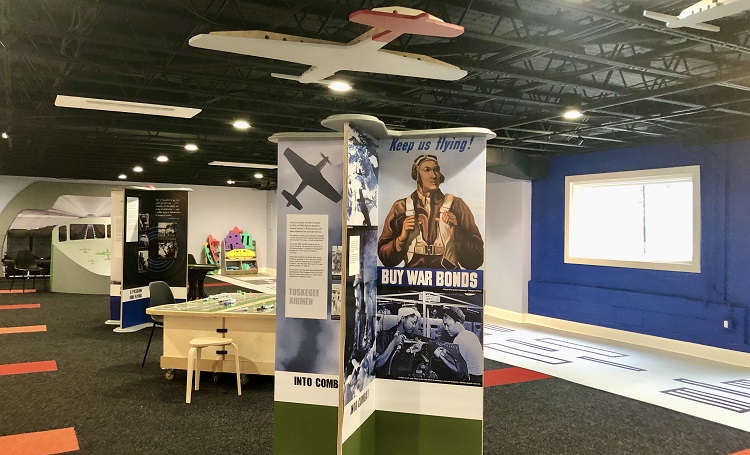
Education partners include Hampton University, a historically Black university, which graduates pilots from its Flight Education major. Other affiliations include two-year programs at Pittsburgh Institute of Aeronautics and the Community College of Beaver County.
High school kids can earn certification through CATT to prepare themselves for higher education programs to become airplane pilots, drone pilots, aircraft controllers, aerospace management and the like. Students will practice flight simulation of airplanes, helicopters and drones in the training lab. Another space allows room for classroom work.
Hampton University and Black Girls Drone, a Dallas-based organization, will run boot camp workshops this summer, along with other programming.
The strategy for the entire project and all its myriad collaborations and parts comes down to one simple idea: To give Pittsburgh kids an opportunity to explore the field of aviation to encourage exciting career opportunities. CATT is a great start.
The Center for Aviation Technology and Training and the Tuskegee Airmen Museum is not yet open to the general public due to COVID precautions. Controlled group and school visits are planned. Stay tuned: Organizers hope to open the museum to other visitors by May or June.

